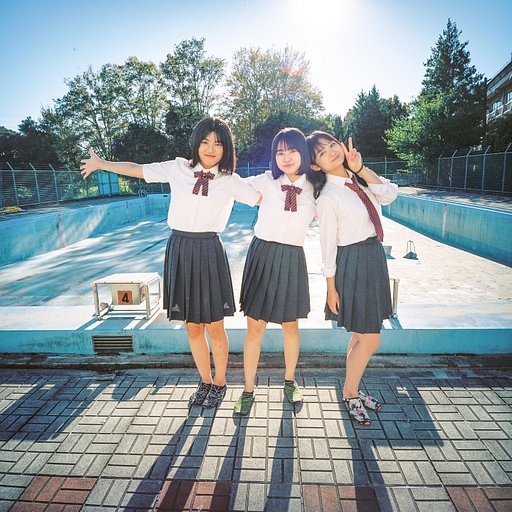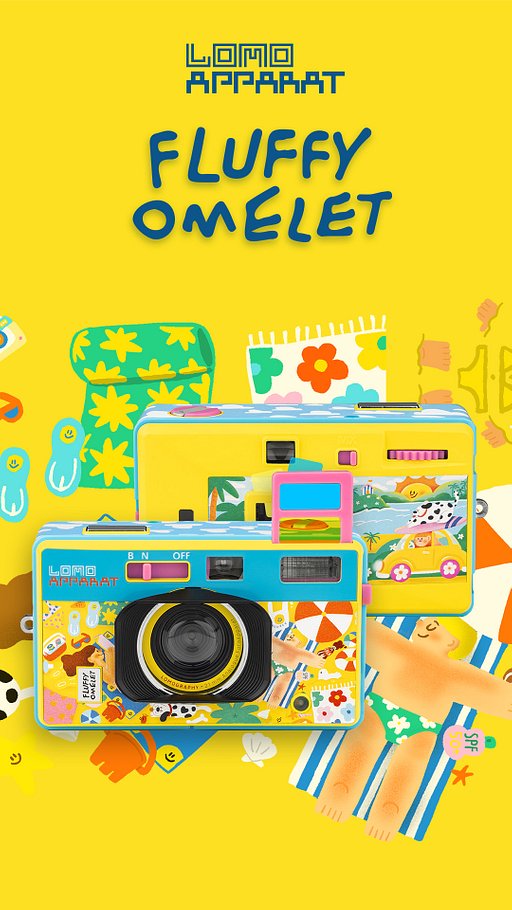Learning to Photograph the Aurora Borealis
1 25 Share TweetI have lived on Whidbey Island (47.9983° N, 122.4395° W) for over 20 years now. Occasionally I hear people commenting that they had seen the aurora borealis (also known as northern lights) though I had never had the opportunity to see them. And this far south? Need I say that I have always wanted to photograph them? My one time in Alaska 10 years ago, they did not show up. Then this past May, I saw in a post from my friend and neighbor, photographer Kim Tinuviel, an image that lit up the Facebook screen: the Aurora flaming green and red and purple right behind her house—which is about a half mile from mine as the crow flies. I was astonished. How had Kim known and been prepared?
Long story short, there is an app (Aurora Forecast). There is a wonderful Facebook page northern lights-obsessed people who share inscrutable information and are kind enough to dumb it down for the rest of us so we know when it’s worth it to go out at midnight. There are websites. I got the app, signed up for notifications, joined the Aurora Borealis Washington State FB group, and then waited. There is an awful lot of waiting involved if you want to catch the lights!
Eventually, on the third night of a predicted three-night solar storm, I met with Kim at the Langley Marina, which is about 10 miles from our homes in Freeland. She taught me to point NE, suggested ISO and speeds for my digital camera, and I started shooting. But I had known I wanted to try this with film, so I had taken two tripods with me, two cable releases, a digital camera plus my Pentax K 1000 loaded with Fuji 800 film. I tried the same shot with different lengths of exposures, the 28mm lens at its widest opening of 2.8. And here is the shot that looked the best:

Okay, so now I knew that a one-minute exposure was a pretty accurate starting point to get the northern lights in 35mm color film. I had also shot a roll of precious Fuji 800 medium format with one of my Holgas and got absolutely nothing. I decided not to try that again.
Fast forward, a few weeks to the night of July 28, 2016: most of the signals were there, a lot of chatter on FB about whether people thought it would be worth it to go out or not, but I had goddaughter and fellow photographer, Fía Fernández Crespo, visiting from Buenos Aires (chances of ever seeing the southern lights there: 0) and we decided not to give up on what could be a once-in-a-lifetime opportunity for her. By midnight we got to the Langley Marina, where the tide was way higher than it had been the last time. We had a Pentax ME with a 50mm lens and a Pentax K1000 loaded with Fuji 800 film and had decided that we would take three identical successive shots: at 60 seconds, 90 seconds, and 120 seconds before changing places or compositions.
My first set:
Comparing the three shots, longer exposures get lighter (obviously!), the focus goes from very soft to getting firmer with each chunk of 30 seconds added, the colors get warmer, and the aurora clearer. Beyond those facts, it is a matter of personal taste which one you prefer. I like the mysteriousness and general darkness of the one-minute exposure and the general look of the 90-second one.
My second set, shifting to a vertical composition:
Fía and I felt we had gotten as much as we were likely to get in Langley and at about 1:30 am we drove back to Freeland. It was much darker, colder and windier in Holmes Harbor, but we could see a faint Aurora close to the horizon line. We set up by the boat launch and decided to live dangerously and expose for a little over three minutes this time.

With increased exposure time, stars are not recorded as pinpricks but rather as trails—which seems to be a negative thing for night photography purists, unless you go full out and get long arcs of star trails in extremely long exposures (with a pinhole, perhaps?). From what I have seen among Northern Lights enthusiasts, however, when you are going for the Aurora, whether on digital or analog, star trails are something with which you learn to live.
All negatives were developed by Panda Lab in Seattle and scanned by me on my Epson 550V flatbed scanner, resized and Curves-adjusted in Photoshop CC.
Lorraine Healy (@lorrainehealy) is an Argentinean writer and photographer living in the Pacific Northwest. A long-time fan of plastic cameras and she is the author of “Tricks With A Plastic Wonder,” a manual for achieving better results with a Holga camera, available as an eBook from Amazon.com.
2016-10-19 #places #チュートリアル #35mm #color #pentax-k1000 #northern-lights #aurora-borealis #flatbedscanner #epson550v Lorraine Healy の記事




















1 Comment